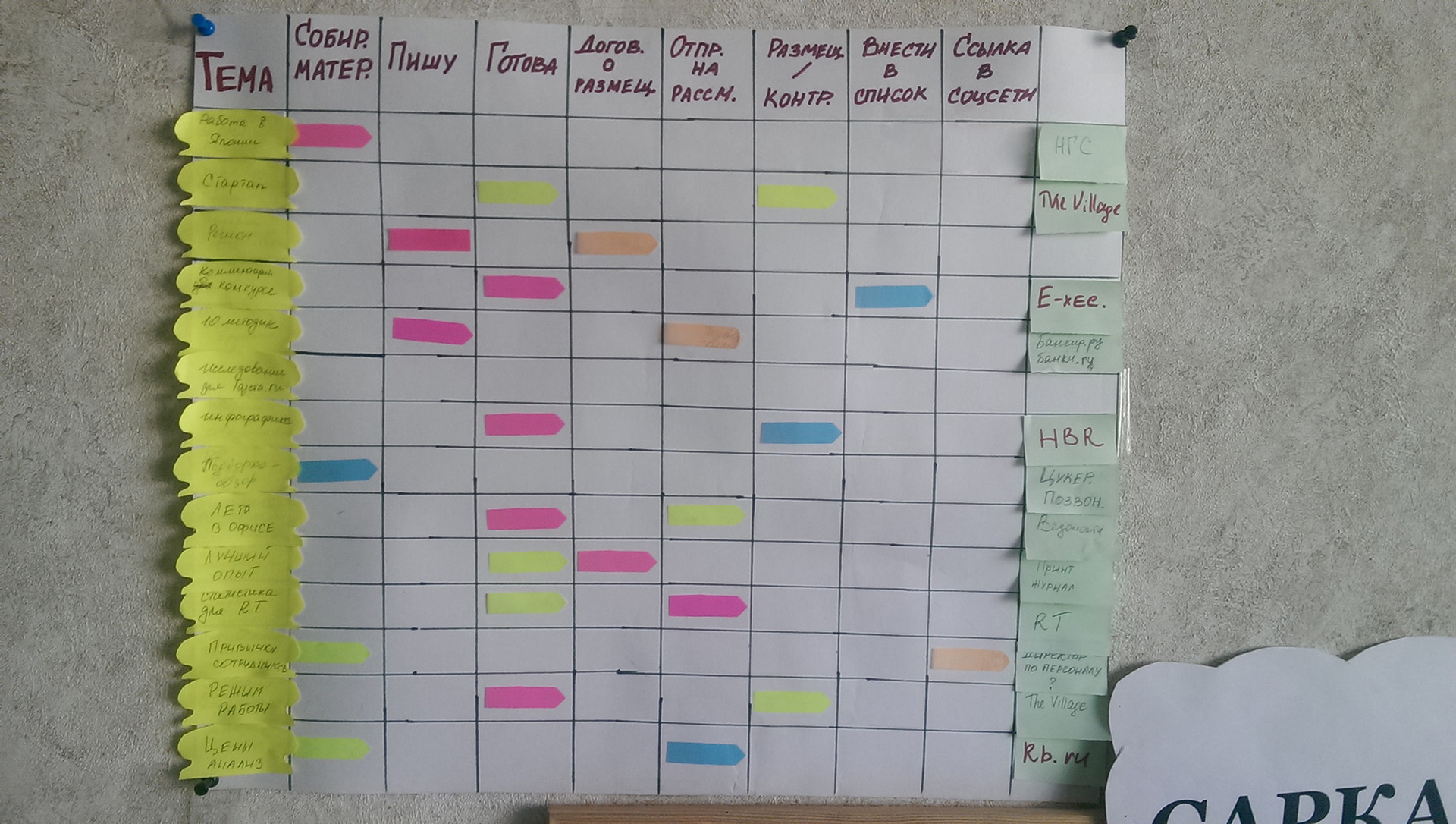Blonde in IT: what can humanities learn from IT people?

I read on Habré an article by a girl-service engineer who talked about her everyday life in an IT office. The article seemed to me not quite complete, mainly because the heroine spoke little about the special tasks of the engineer, while at the same time she went through the company's infrastructure in detail.
For example, I was interested in exactly the working features superimposed on the gender and corporate culture of the company. And then I myself decided to write a post for Habr about how humanities live in the IT community.
I came to the IT sphere 2 years ago. It is worth noting that before I was invited to work in the current company (the organization is developing software), I was almost not interested in the news of the world of information technology. She worked with organizations from the fashion industry, manufacturing enterprises, and headed the department of public relations at a large university. As you can see, this is far from IT.
I perfectly understood that as a PR specialist, I should be well versed in the product and its capabilities, know the market, competitor clients, and be able to talk about technology no worse than a real project manager. On behalf of the company, I had to communicate with the largest media outlets in the country (first establish contact with them) and “do not sit in a puddle”, only my curious mind and my wonderful colleagues could help me.
I’ll say right away, after two years of working side-by-side, after my endless harassment with questions, requests “but explain again, simpler” and the phrases “I am a humanist, explain again and, preferably, on the birds”, I have never They sent me to Wikipedia, they didn’t raise my voice at me, they didn’t call me blonde, they didn’t get annoyed, and in general they were suspiciously patient for inveterate introverts.
The patience of my colleagues and superiors turned out to be that after six months I calmly talked with seasoned magazines from IT publications, talked about the nuances of the product and that “we have a unique in-memory database, but we use SQLite to store it on the hard drive and as an alternative to PostgreSQL, because out of the box it has support for replication and clustering ”, edited specialized texts, etc. But the main plus that I got while working with IT specialists is an increase in the efficiency of my own work. The bonus for which I will always love the IT sphere is the desire to apply new technologies, methods and tools to increase productivity.
So, what IT tools / methods / practices are not used by many PR specialists to increase their own productivity and in vain? My top 5:
1. Kanban-board and scrum rallies . In case humanities read the post, I’ll add a few details. These are separate elements of agile development methodologies - Kanban and SCRUM, refer to Agile. Kanban as a term actually came from Japan, from the Toyota production system, but I heard about it from programmers. We adapted the whiteboard to work in the PR department, this is its very first option:

When we realized that it’s “working and comfortable”, we asked the management for a whiteboard.
The convenience of scrum rallies was also appreciated: they help to save time, not to “spread thoughts on the tree” and to keep abreast of each other's affairs. Previously, our gliders could stretch for hours and gave a much smaller effect.
2.Project management system ( Basecamp , Jira , etc.). Our company uses Wrike and, frankly, my humanitarian brain has resisted it for a long time. Forcing a creative person to understand the program and start planning something is another task. We always wait for inspiration, “brilliant ideas” illuminate us, which we forget, because we don’t have a habit of recording tasks and setting deadlines for them ... No one in the company put the PR department in special conditions. Everyone works with wrike, so PR managers should. Now I no longer think of starting a working day without looking at current tasks, the system replaced me with notebooks, planning and endless stickers, where ideas and to-do lists were written.
3.Collaboration tools (Google Docs, Dropbox, etc.) - have recently become increasingly popular, but a couple of years ago, many did not hear about them. We use Google Docks and, to my shame, while working in other companies, I did not use their capabilities. Yes, I had such a neglected degree of “denseness”.
4. A system for controlling the time of a computer ( DeskTime , Motivateclock , etc.). Our company enjoys corporate crocotimebut statistics are open to us. PR managers are usually blamed for idleness at work, I will not say that it is always unfair. For me, this innovation in life has opened up two possibilities: the first is to show the bosses that I am better for some way from some colleagues in the PR sphere (the leader and any colleague can see my statistics); the second is to keep track of what tasks I spend a lot of time on and analyze my productivity (yes, I also got into the habit of doing analysis in communicating with colleagues with IT employees).
5.Ability to automate routine work. This item is likely to raise questions, as it is not a tool, but an opportunity. But I still decided to highlight it. My fellow programmers made my dream come true: I don’t have to manually count many indicators that are important for the work of a PR specialist. It turned out that a simple script that took half a day of time from one developer can save me from the eternal “headache” and automate the department’s monthly reporting. It was enough to write TK, put the problem for discussion in wrike and wait for the magic.
PS Special thanks to my colleagues for discovering Habr (with him Megamind and Giktayms) and bashorg. And also for discussing the Brief History of Time at dinner, jokes about Penny from TBV and patience in my training).
